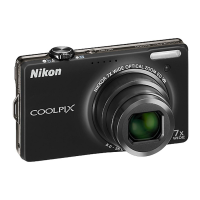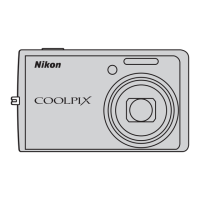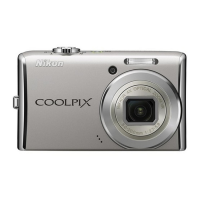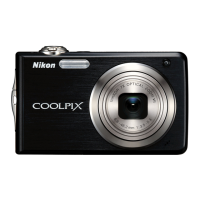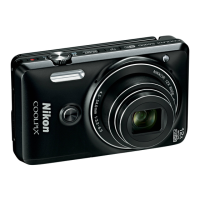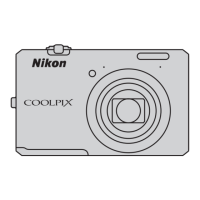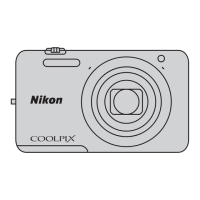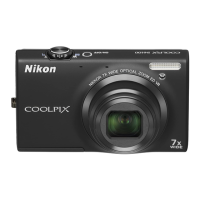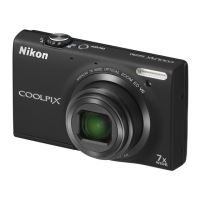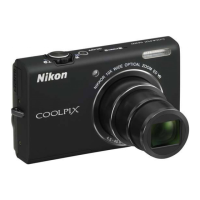What does it mean when the monitor turns off and the power-on lamp blinks rapidly on my Nikon CoolPix S6000?
- SStephanie CamachoSep 1, 2025
If your Nikon Digital Camera monitor turns off and the power-on lamp blinks rapidly, it indicates that the battery temperature is high. Turn off the camera and allow the battery to cool down before resuming use. The camera will turn off automatically after the lamp blinks for three minutes. You can also turn off the camera by pressing the power switch.
